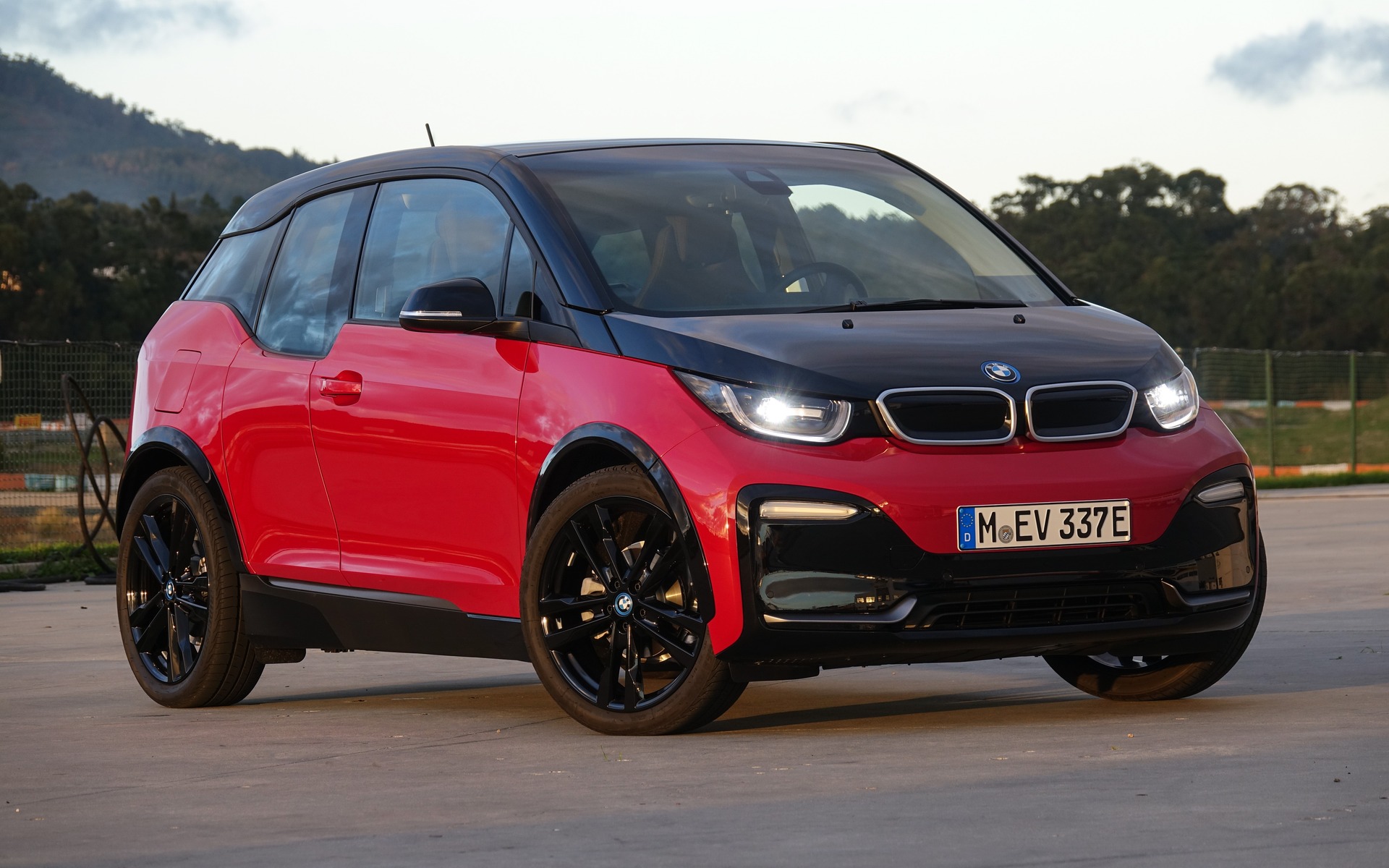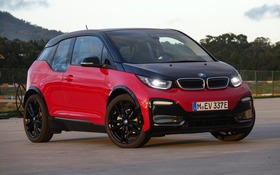2018 BMW i3s: The Technophile’s Sweetheart Gets Better

| Strong points |
|
|---|---|
| Weak points |
|
LISBON, Portugal – It was a fantastic idea to unveil the sporty and dynamic version of BMW’s electric compact in the Portuguese capital. A wonderful city, some 2000 years old, Lisbon has a hilly historic centre with winding interconnected alleys that are barely wider than a small car’s sideview mirrors. In short, it was the perfect setting to put this strange and angular little car to the test.
The new i3s is still narrow and high-sitting even though its ultralight, carbon fibre body shell is 10 mm lower thanks to the addition of a sport suspension. Fear not! The ride is firmer but never harsh, even on the cobblestone roads of Lisbon. The engineers did an impeccable job.
- Also: BMW i Vision Dynamics: A Surprise Between the i3 and i8
- Also: BMW ups i3 battery capacity to 33 kWh for 2017 model year
It’s Wider
The i3s has also been equipped with environmentally friendly 175/55R20 tires in front and 195/50R20 in back, which replace the 155/70R19 donuts on the regular i3. The fenders had to be enlarged by 20 mm to cover all that. The front and tail ends of the body now have more pronounced traits.
With wider tires and tracks increased by 40 mm, the turning radius increases from 9.86 to 10.31 metres, which doesn’t prevent the i3s from joyfully darting through incredibly tight alleys—even in reverse after the navigation system has played a trick on you. In these instances, the clear reverse camera image on the central screen and sensors to help protect the bumpers are especially handy.

Further and Faster Too
The i3 was already a great city car. Now it’s even better with the 94-Ah battery that equips all versions in 2018. That’s 57% more than the first version’s 60-Ah battery. A few minutes after I set out, I noticed a projected range of 215 km, but that figure would surely have been higher had I thought of checking the trip computer earlier.
The electric motor is also more powerful, with 181 horsepower (135 kW) and 199 lb.-ft. of torque. That’s 10 and 15 more than the i3, respectively. BMW promises a 6.9-second 0-100 km/h sprint with the electric i3s. This figure increases to 7.7 seconds in the ReX version equipped with the optional 650-cc, two-cylinder gas engine that extends range, but adds 124 kilograms to the overall weight.
In town, you’ll quickly get used to driving with just one foot, so powerful is the energy recovery. Acceleration is already very decent and fluid in Eco Pro mode, which even cuts the air conditioning to maximize range. While Normal mode is aptly named, everything becomes a little too intense and harsh when you engage the new i3s’ Sport mode. On the road, at least.

Three Quick Laps
In Sport mode, the i3s made short work of the minuscule autocross course plotted for it at the Estoril circuit. It showed off instant pick-up, fast and precise steering, and a stability control system that now allows you to fishtail—a bit—especially following a copiously watered section of track. That bodes well for winter driving with rear-wheel drive.
Although the i3s and its better behaved sister, the i3, don’t offer the record range of the Chevrolet Bolt EV, they make up for it with a very original style, exceptional handling and a comfortable and superbly finished cabin where 80% of the surfaces are made from recycled or renewable materials.
The steep starting prices are $52,350 for the i3s and $56,950 for the i3s ReX with range-extending engine. Meanwhile, the i3 and i3 ReX sell for $48,750 and $53,350, respectively. Canadian buyers have chosen the latter 78% of the time to date.
Either you’re concerned about the environment or you’re not.











